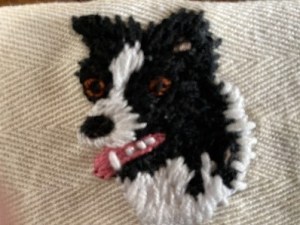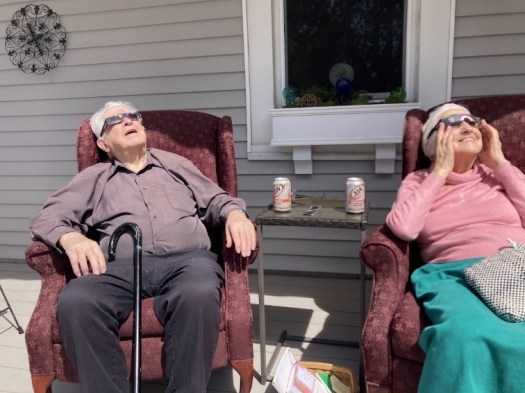Some of the best teachers I’ve known had tough first years.
Take a fresh-from-college guy we’ll call George. I helped to interview George, and I could tell he cared, genuinely cared about students. He meant all the right things he said in the interview—that he once had a teacher who changed the direction of his life and that he wanted to make this sort of difference for students he taught. He was a hard worker, he told us, wouldn’t mind staying up late to critique student writing. And he believed in taking one for the team of teachers he hoped to join.
So we recommended George. But for much of the year he wished we hadn’t.
The workload overwhelmed him. He couldn’t keep up with the ever-growing stacks of papers to be graded. He came to school on Monday mornings, exhausted by late Sunday-night lesson planning, and for every office form he completed, two more appeared.
Still, he might have been able to handle the work if he could have managed the kids. George made the classic first-year teacher mistake. Determined not to be a teacher with a brittle voice and snapping eyes, he came bearing gifts. And when constant chatter and paper wads and general unruliness turned him from a Santa Claus to a Scrooge, students revolted.
But five years later, George was still teaching. In fact, the principal was sending new teachers to his classroom to see how it’s done. And when those newbies watched George teach, they saw not only what worked. They also saw what George had learned from what hadn’t work. In education we call this reflective practice.
The longer I taught and watched others teach, the more I came to believe that the main difference between good teachers and bad teachers is that good teachers know when they’re bad. Then they do something about it.






